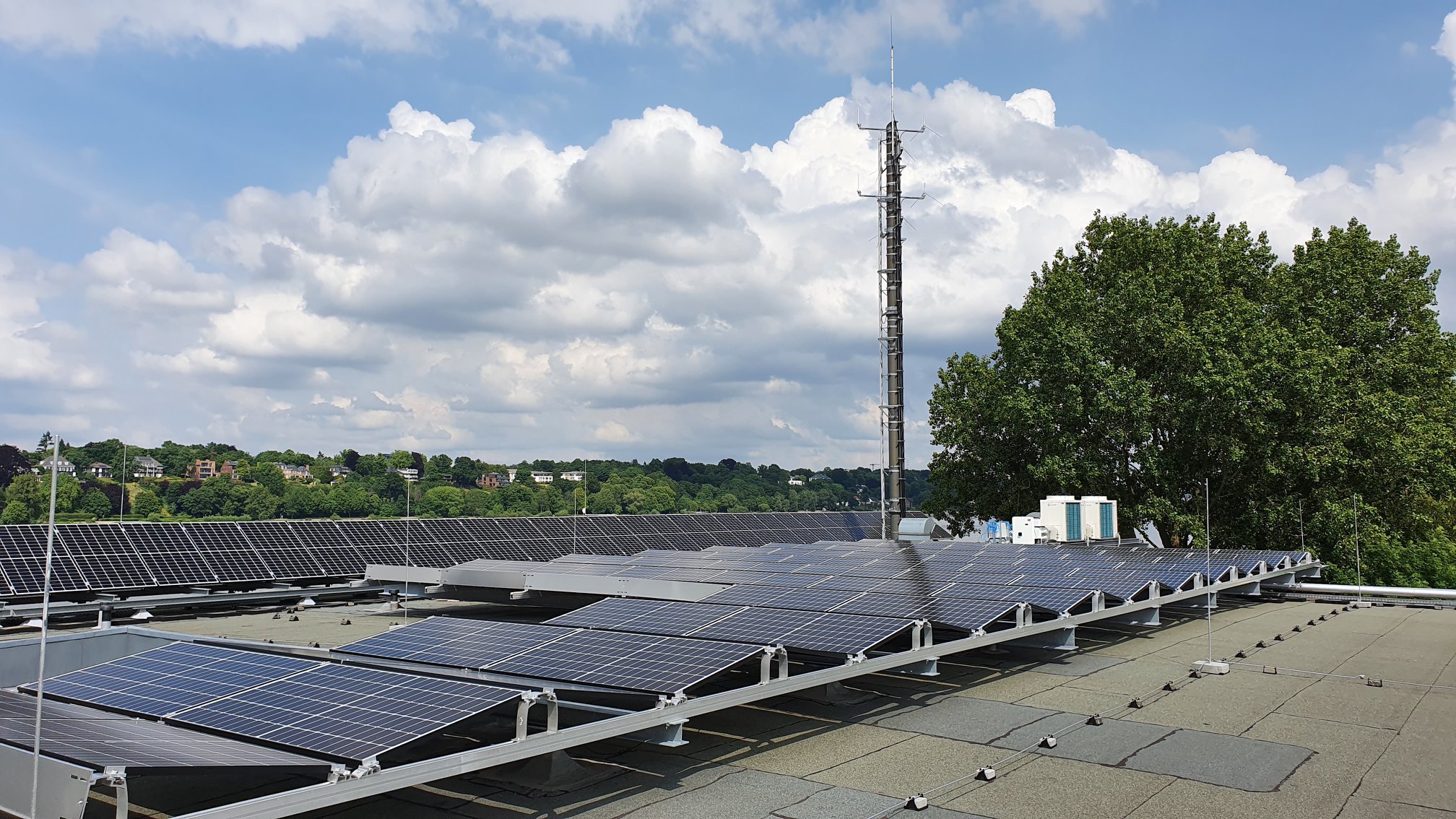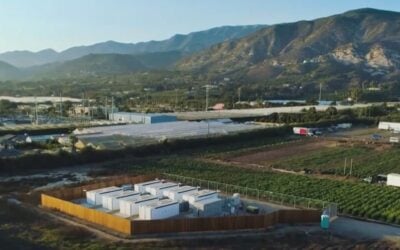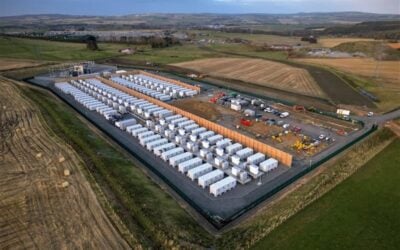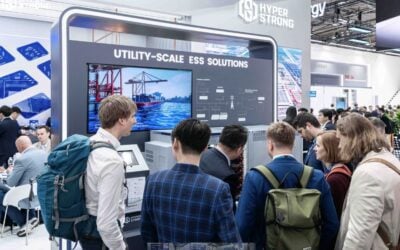
Battery storage systems can deliver multiple services and provide customers and sites with backup power, but their value in doing so remains largely dependent on “highly sophisticated” software.
Dan Loflin, CEO of specialist software company Growing Energy Labs Inc (GELI) and Dr Ryan Wartena, the company’s VP of strategy, spoke to Energy-Storage.news for an interview following GELI’s acquisition by solar and smart energy company Q CELLS last year.
Enjoy 12 months of exclusive analysis
- Regular insight and analysis of the industry’s biggest developments
- In-depth interviews with the industry’s leading figures
- Annual digital subscription to the PV Tech Power journal
- Discounts on Solar Media’s portfolio of events, in-person and virtual
California-headquartered GELI was notable in the industry for being one of the few pure-play software companies in the energy storage space, focusing on the commercial and industrial (C&I) market. Their value proposition largely included allowing C&I entities to lower energy costs by reducing peak demand and therefore the high proportion of electricity costs they have to pay to their electricity suppliers in the form of monthly demand charges, while maximising solar integration. Loflin and Wartena said that C&I business models have changed in the past few years to encompass a variety of other applications.
The Q CELLS acquisition, announced in August and closed in December 2020, follows a continuing trend of renewable energy and energy storage companies boosting their digital capabilities through mergers and acquisitions. To give two prominent examples, energy storage system integrator and tech provider Fluence acquired Advanced Microgrid Solutions (AMS), also last year, while the software and controls platform team at another utility-scale systems integrator, Wartsila, was acquired with the takeover of Greensmith Energy in 2017. In a 2019 interview, Andy Tang, who was part of the Greensmith executive team that joined Wartsila, said it can be tough to exist as a software-only company in the maturing energy storage space, which implies that the deals offer benefits to the bought as well as to the buyer.
In GELI’s case, the new parent company wants to use its purchase as the springboard to providing total energy solutions to the C&I space, marking Q CELLS’ first entry into that segment of the US energy market. Q CELLS already sells total renewable energy solutions to residential customers in Germany, while buying GELI’s expertise and its end-to-end software platform for the design and installation of energy storage systems could allow it to take on opportunities for US businesses.
‘Purpose-built software is needed to capture full value of energy storage systems’
“While software may not have been top of mind in the industry five years ago, today, the vast majority of customers, installers and financiers recognise the critical role software plays in delivering value,” GELI’s Dan Loflin and Ryan Wartena told Energy-Storage.news.
“This recognition has been heightened, in part, due to a recognition that many heritage control solutions were very ‘brittle’, unable to adapt to changing tariff, load and market factors. These limitation left customers with systems unable to continue to deliver the value expected at installation.”
What is also changing, the pair said, is that most markets offer multiple revenue streams that energy storage could tap into, while customers are also increasingly interested in whether their battery storage system will be able to backup critical loads and offer them resilient energy supply.
Added together, meeting these increasingly complex needs: “requires a highly sophisticated and adroit software capability to deliver value from multiple value streams,” the pair said, which they argued is “only achievable through purpose-built software”. The backing of Q CELLS offers their proposition both bankability and a strong hardware solution, they said.
GELI’s value proposition is “entirely centred on the benefits that a comprehensive software package brings” to energy storage systems, from pre-installation design and sizing, to operating the systems once installed.
Prior to installation, this means helping customers to size their systems optimally so that they can do all the things they need their ESS to do without bringing up the required capital expenditure (CapEx) too much. Post-installation, GELI’s software directs the system to delivering “maximum financial performance” through managing applications like demand response, peak demand reduction and resiliency (back up) while also ensuring “maximum system longevity,” through identifying and managing any issues that may come up.
Energy-Storage.news asked GELI’s Dan Loflin and Dr Ryan Wartena what some of the core traits are of the software platform, and how different technologies like artificial intelligence and cloud architecture work together. They claimed the company’s solutions incorporate “several critical innovations,” to give both individual and fleet systems “exceptional performance, reliability and flexibility”.
“First, Geli has incorporated both on-premise and cloud control mechanisms for each deployment that enable reliable operations even if connection to the internet is interrupted.
“Second, Geli’s forecasting and optimisation infrastructure is built on industry-leading machine learning, AI, optimisation and forecasting frameworks, and has been adapted to operate in both local and cloud settings, across individual and aggregated fleet sites.
“Third, Geli has developed its Energy Operating System to be highly extensible, easily incorporating a wide variety of DES/DER asset types such as PV systems, diesel generators, EV chargers and load control platforms into the optimised operation of the ESS.
Lastly, Geli incorporates the same forecasting and optimisation frameworks in both its design and run-time products, ensuring that the post installation performance is aligned with pre-installation expectations.”






